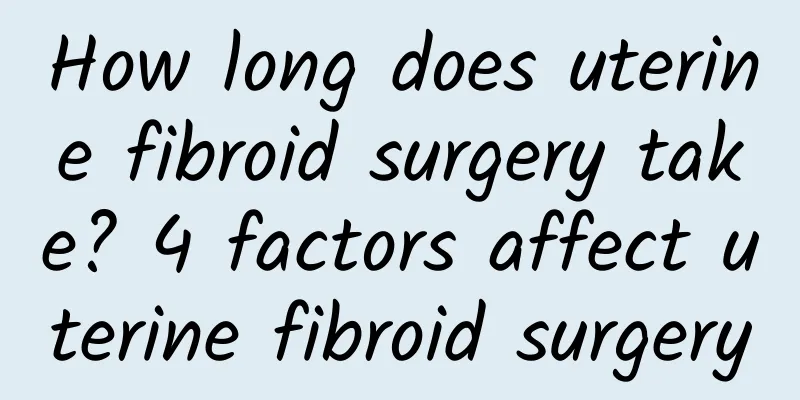Conventional methods of Western medicine for treating amenorrhea

|
Conventional methods of Western medicine for treating amenorrhea: The causes of amenorrhea are different, so the treatment methods of Western medicine are also different. 1. Uterine amenorrhea: There is currently no way to completely damage congenital absence of the uterus or endometrium. Pseudo-amenorrhea caused by vaginal or hymenal malformations can be opened surgically to allow menstrual blood to be discharged smoothly. Patients with intrauterine adhesions should have their uterine cavity checked and separated according to the adhesion situation. An intrauterine contraceptive device is placed for several months after surgery to prevent re-adhesion. 2. Ovarian amenorrhea: Since the ovaries themselves are of low function, only sex hormone replacement therapy can be used. Generally, estrogen and progesterone are used in a combined cycle to simulate normal menstruation to create an artificial cycle. This can allow these amenorrhea girls to have cyclical menstruation similar to that of normal girls in order to maintain the psychological state of normal women. More importantly, sex hormone replacement therapy can prevent their reproductive tract atrophy and dysplasia, prevent osteoporosis, and promote the development of sexual characteristics. The vast majority of ovarian amenorrhea cannot give birth for life because no follicles develop in the ovaries. Unless artificial pregnancy assistance technology is provided by others. Occasionally, premature ovarian failure or ovarian insensitivity syndrome is reported due to the fact that there are still a small number of undeveloped follicles in the ovaries, and occasional stimulating ovulation pregnancy is reported, but it is very rare. Those with Y sex chromosomes and hypogonadism should have their gonads removed and supplemented with sex hormones. 3. Pituitary amenorrhea: Gonadotropin HMG Gonadotropin should be the best choice after menopause, and can achieve a fairly high ovulation rate and pregnancy rate. Due to its high price, the need for daily injections and strict monitoring procedures, it is only suitable for married women who want to have children. The main treatment principle for pituitary amenorrhea is still hormone replacement therapy. |
<<: What are the symptoms of uterine fibroids?
>>: What should women eat after uterine fibroid surgery?
Recommend
Prevention of candidal vaginitis starts with eliminating the cause
Candidal vaginitis is a common gynecological dise...
Lose weight quickly after giving birth? 10 Diet Tips You Must Know
Most people start to gain weight after giving bir...
How much does it cost to treat Bartholinitis?
The key to treatment is early stage. Some patient...
Women should pay attention to these to prevent vulvar leukoplakia
Vulvar leukoplakia is very harmful to the female ...
Is it normal for a 47-year-old woman to have irregular menstruation?
The patient is 47 years old. She told me that her...
How to treat bilateral adnexitis
How to treat bilateral adnexitis? Bilateral adnex...
Are there risks in painless abortion?
Are there any risks in painless abortion? To redu...
How to prevent Bartholinitis more effectively
Bartholinitis is mainly caused by bacterial infec...
Detailed explanation of the prevention and treatment methods of cervical hypertrophy
What are the prevention and treatment methods for...
Does menopause affect pregnancy?
Will menopause affect pregnancy? In fact, it is s...
Healthy and slim without fat accumulation! How to Eat Phytonutrients
Eating too much oil and too much food will not on...
Drugs cannot completely eradicate uterine fibroids
Although uterine fibroids are a benign tumor, the...
Is pelvic peritonitis contagious?
Whether the disease is contagious is a concern fo...
What are the symptoms of postmenopausal cervical adhesions?
Common symptoms of postmenopausal cervical adhesi...
Doubt! What are the symptoms of adnexitis?
What are the symptoms of adnexitis? Expert introd...









